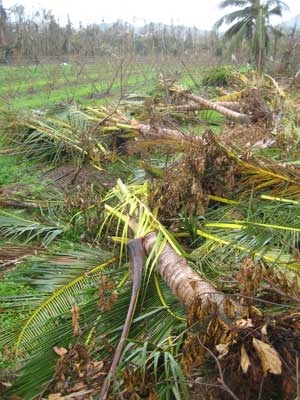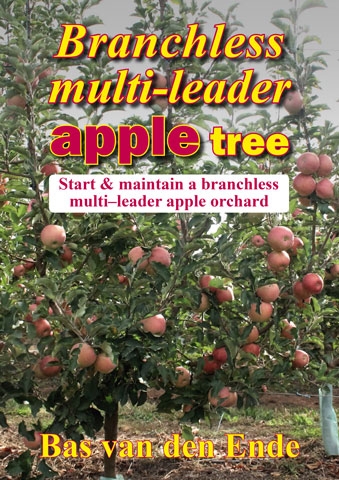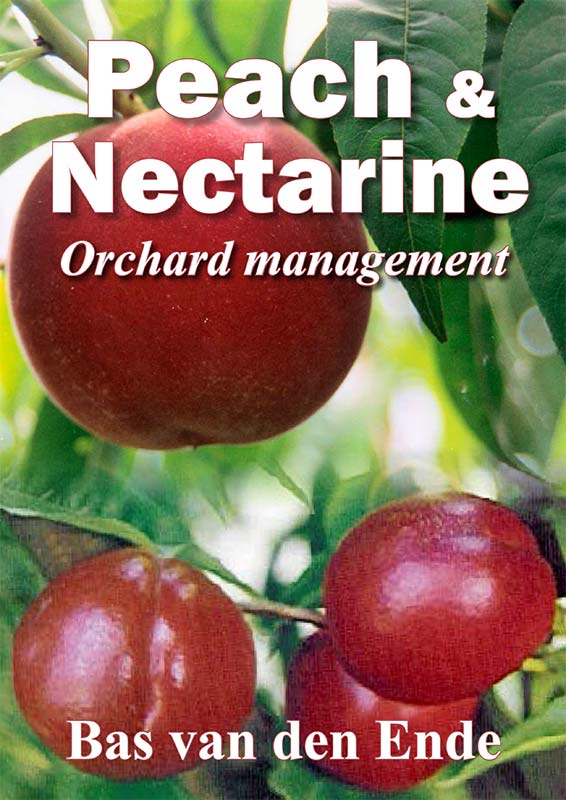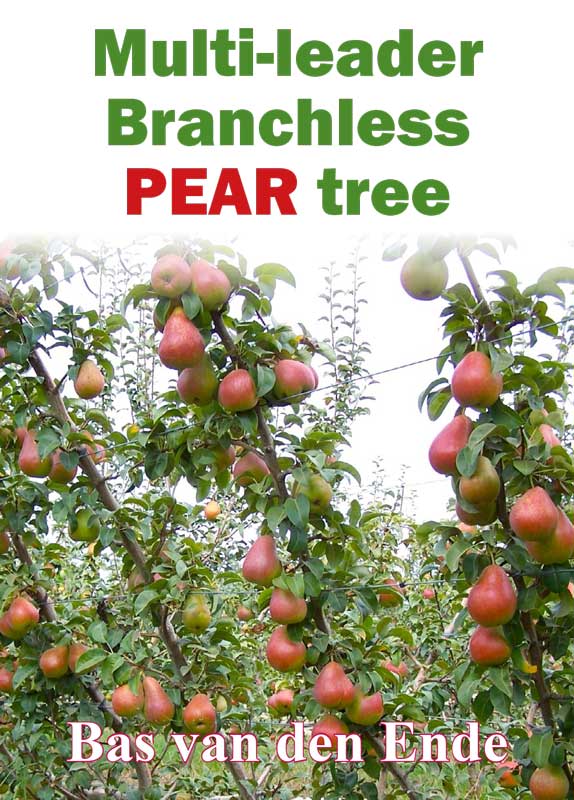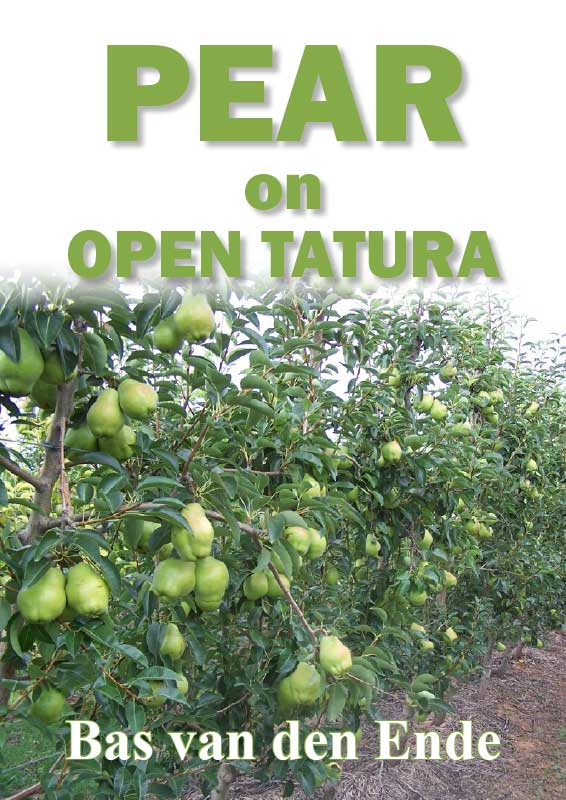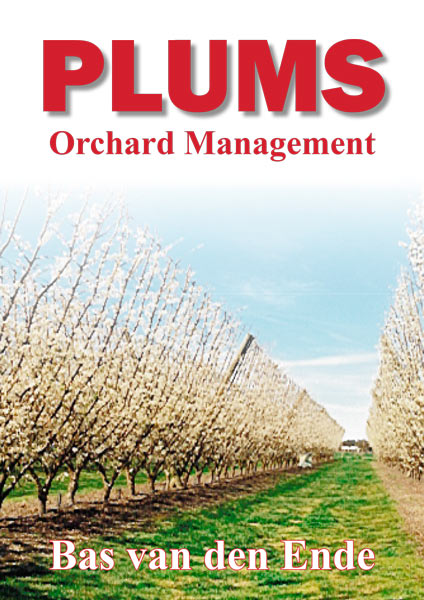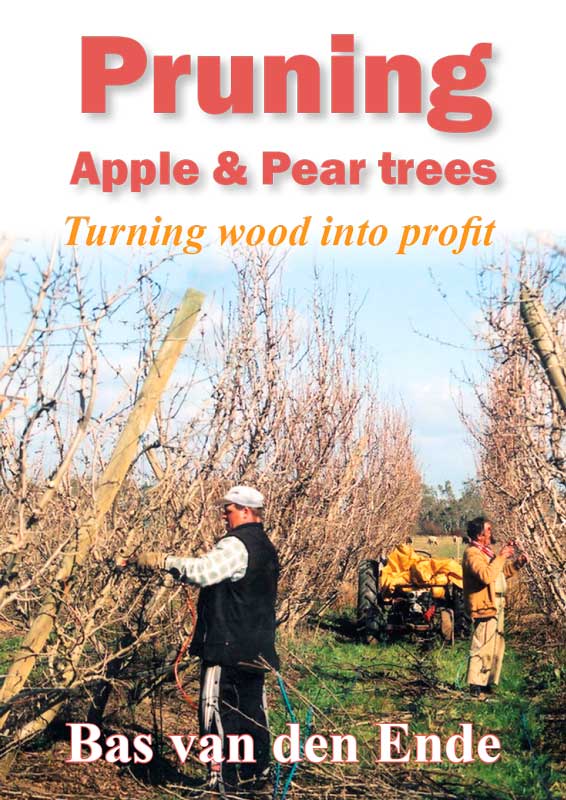Open Tatura: Minimises wind damage. A 1984 study on wind damage to kiwifruit by three scientists from the New Zealand Ministry of Agriculture and Fisheries showed that, with traditional shelter and trellis systems (T-bar and pergola), around 25 per cent of fruit was wind-damaged.
The fruit rubbed against each other and against canes of the vines. In comparison, a property using a Tatura Trellis system with minimal internal shelter lost only 1 per cent of its fruit from wind damage.
The success of the Tatura Trellis was related to the skimming flow because of the high density of roughness elements.
It has also been reported in the USA that V-systems are useful where strong winds are a problem.
Minimal damage to a young trellised rambutan planting near Tully (Queensland) by Category 5 cyclone Yasi in 2011 is proof that the Open Tatura has the best prospect of withstanding cyclones, and that the virtues of the Open Tatura go beyond high orchard performance and ease of management.
A wide range of tropical fruit are now grown on Open Tatura and promises to revitalise the tropical fruit industry in north Queensland.
Orchard investment
Orchardists have invested more money in Tatura-type orchards than in any other type of high density system for trees in Australia.
The Tatura system is one of the most efficient systems of growing fruit. Its versatility is unequalled
The story of the Tatura Trellis proves that ‘thinking outside the box’ can solve major problems confronting the fruit industry.
The Tatura Trellis also proves that applied research in simple and flexible experiments could succeed, once the major problems confronting the fruit industry were identified.
For more information and photos, see Tree Fruit February 2014


